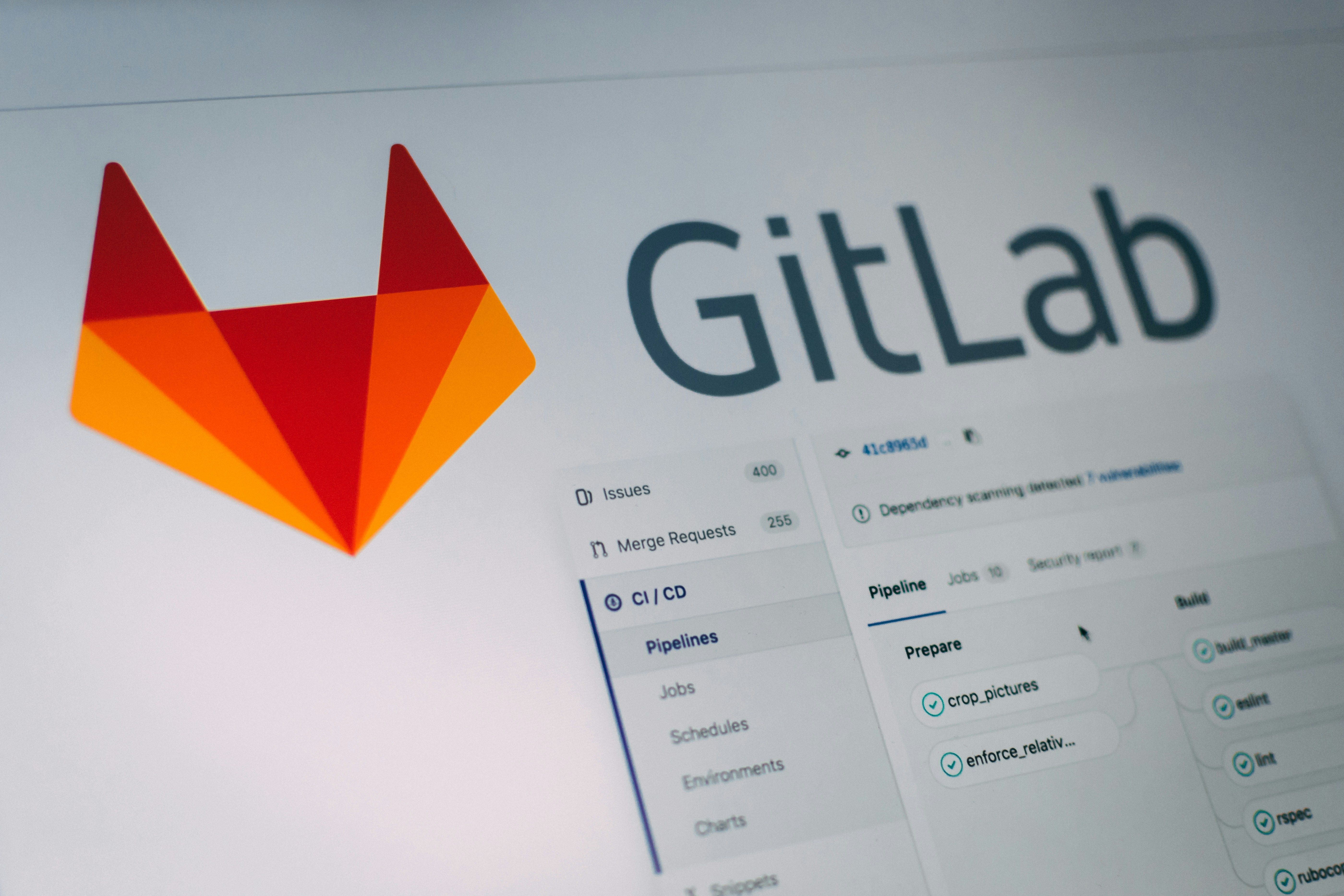
Version 1.0.0 marks the first stable release of Mark3 - a lightweight web-based user interface for management of Docker containers.
Released on the 17th of June, this release adds presets for creating new containers, many UX improvements, improved log parsing performance and better stability.
# How to deploy it ?
You can get started with Mark3 very fast as you only need Docker installed on your system.
docker pull aljaxus/mark3[root@development ~]# docker pull aljaxus/mark3
Using default tag: latest
latest: Pulling from aljaxus/mark3
5843afab3874: Pull complete
3dbfa4fa076f: Pull complete
d804a6118863: Pull complete
c91eb129a807: Pull complete
01535f63534e: Pull complete
Digest: sha256:e35ffea5132f054a65ce238e9712702ad5d59414a798d22dff9f11cb22c6dcfc
Status: Downloaded newer image for aljaxus/mark3:latest
docker.io/aljaxus/mark3:latest
[root@development ~]#Exposing this service to any non-private networks exposes raw docker API and super-user access to the host machine hence binding the service to the loopback interface and using an ssh-tunnel for accessing it.
docker run -d --restart unless-stopped -p 127.0.0.1:2222:80 -v /var/run/docker.sock:/var/run/docker.sock aljaxus/mark3:latest[root@development ~]# docker run -d --restart unless-stopped -p 127.0.0.1:2222:80 -v /var/run/docker.sock:/var/run/docker.sock aljaxus/mark3:latest
08bbc2131e0537d90679f4c7ae6056bc5b039aae755860d3e3f042348b40476f
[root@development ~]#Now that the container is running, connect to system that you're running this container on via SSH and create an ssh-tunnel to port 2222 on its loopback interface
ssh host-user@host-address -N -L 2222:localhost:2222With that out of the way open http://localhost:2222 in your browser. Now you can monitor and manage all running containers on your system. If the container has the --interactive option enabled you can also interact with it via the terminal, else you can only read the logs.


# Container creation
Creating a new container is also very simple - at the moment only the "raw mode" is supported, requiring the user to provide the full container configuration in JSON form, the exact configuration that is then passed to the Docker engine API. An example of such case would be presets for phpMyAdmin and Wordpress.


# Final words
The Mark3 project is free to use and open for collaboration and suggestions, so feel free to open an issue or tag me on Twitter if you think anything should be added, changed or removed.

